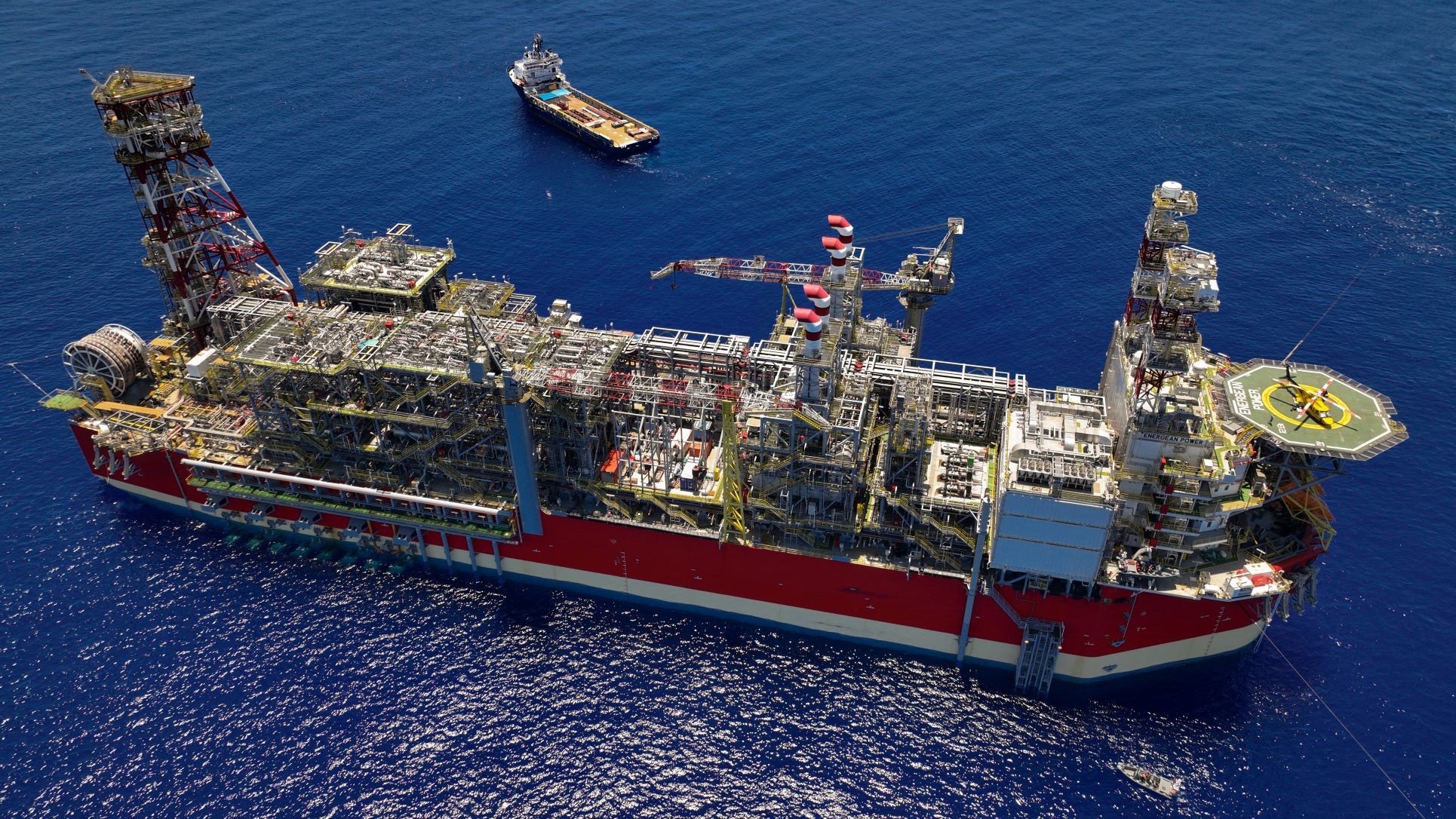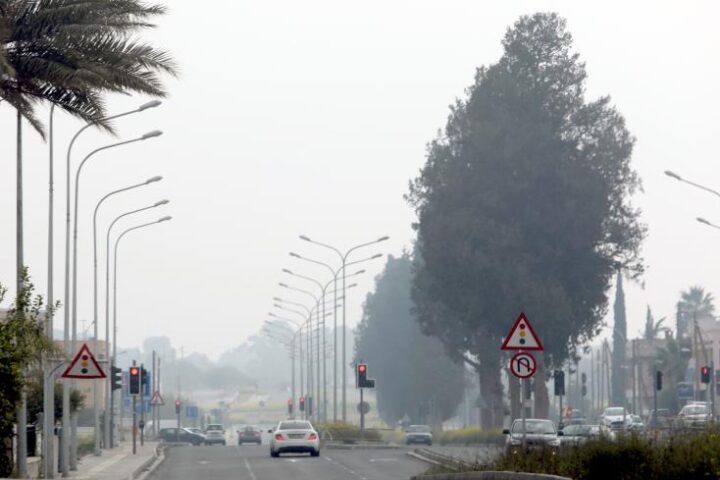Follow-through from last month’s G7 meeting, when “increased deliveries of LNG” and “publicly supported gas investments” were endorsed, has started to emerge.
US public finance has started to flow for LNG, despite a pledge last year to end public finance for international fossil fuel projects by the end of 2022.
Russian company Novatek said it had developed its own technology to produce large-scale volumes of LNG, a key step in boosting LNG production and raising Russia’s share in the fuel market.
This is a very important development within the frame of Moscow’s attempt to become a global LNG power and diversify its gas markets away from Europe.
Novatek is planning to build a new 20.4 million tonnes per year (mtpa) LNG export terminal near the northwestern port of Murmansk on the Barents Sea to start production in 2027.
The Murmansk project would boost Russia’s aim to export 100 mtpa by 2030, up from 32.5 mtpa in 2022.
Shell sees a long-term role for natural gas in the world’s energy mix.
It believes gas isn’t just a “transition fuel” and aims to expand business in China and India.
This comes as Shell shifts back to traditional business and demands better profits from its renewables business.
The big question is, will the Ukraine-Russia gas transit contract continue beyond 2024?
Columbia Center on Global Energy Policy says that, in all likelihood, it will end without renewal because constructive negotiations are unlikely.
Germany is warning it may be forced to wind down or even switch off industrial capacity if Ukraine’s gas transit pact with Russia isn’t extended, according to its economy minister.
Egypt’s gas output has slumped below 6bn cfd.
It is down by over 1bn cfd since 2021. April alone saw a 200mn cfd fall.
Though oil may have bottomed out, more investment is sorely needed.
Chevron is proposing a new development plan for Cyprus’ Aphrodite gasfield based on taking the gas to Shell’s WDDM facilities to Egypt.
This could help meet Egypt’s growing gas demand.
To counteract this, Egypt plans to launch two oil and natural gas exploration tenders by end-2023.
The not-too-astonishing news is that US officials familiar with the exchange have now confirmed the CIA had warned the Ukrainian government not to attack the Nord Stream gas pipelines last summer after it obtained detailed information about a Ukrainian plot to destroy a main energy connection between Russia and Europe.
As we now know, this was ignored.
Climate change
US and European investors are pulling support for green and social measures amid political pressure.
Investor support for environmental and social activism sank at this year’s annual meetings of US companies, reflecting a dislike of increasingly prescriptive proposals.
Oil and gas companies are jumping on the hydrogen bandwagon.
But is it overrated? Lots of press talk, but despite widespread interest, hydrogen is only a small investment so far.
About 90% of the 35 climate change targets analysed are in the “lower” or “much lower” confidence bracket.
New analysis finds little reason to believe most countries will fulfil their aggressive carbon emissions pledges.
Africa’s largest onshore wind farm at $10 bln and 10GW is taking form – UAE’s Masdar and partners have signed an agreement over a massive wind project in Egypt.
In Europe, lack of power lines and outdated electrical grids are the biggest problem for renewables uptake.
A backlog of wind and solar projects is waiting to connect, threatening net-zero plans.
It took 22 years for the world’s solar power capacity to grow from 1GW to 1TW.
The latest projections are that the second and the third terawatts will arrive within five years.
China alone will have more than 1TW of solar by 2027.
Oil consumption to grow
The IEA projects oil consumption growth through to 2028.
Different outlooks project growth for much longer, into the 2030s and 2040s.
To meet the net-zero climate change target by 2050, the IEA modelled that oil demand needed to drop to c.75m b/d by 2030.
Its 5-year medium-term forecast, published on 14 June, shows oil demand at c.106m b/d by 2028.
It’s safe to say we will not meet the 2030 target.
Electric interconnection is gaining ground in MENA.
In addition to the EuroAsia and EuroAfrica interconnectors, Egypt and Saudi Arabia are set to launch a $1.8 bln electrical interconnection project.
Europe must double its interconnection capacity in the next 10-15 years to deliver on its energy targets and climate neutrality objective. That includes Cyprus.
Europe
An 18% reduction in EU gas demand since the introduction of the REpowerEU plan has led to back-slapping at the European Commission.
But now comes the hard part ahead of next winter and the need to ensure structurally lower gas consumption via the rapid deployment of green technologies.
But with renewables intermittency still a problem, this will be a challenge.
Last week’s headline was that Europe’s gas prices stabilised, encouraging more consumption by industrial users and power generators.
But developments show the EU energy crisis is far from over.
Norway, the EU’s largest gas supplier, has confirmed outages affecting three major facilities up to at least mid-July.
As a result, the TTF front-month gas price jumped by over 90% since the lows at the beginning of June to over €41/MWh for deliveries in July.
According to a report by the bloc’s climate advisory board, the EU will have to aim for a near-total reduction of greenhouse gas emissions by 2040, by 90-95%, if it wants to meet its 2050 climate neutrality goal.
The good news in the US is that Wall Street economists are increasingly less worried about a recession in 2023.
But there remains a risk that it may still happen in 2024.
Dr Charles Ellinas is Senior Fellow at the Global Energy Center, Atlantic Council
Tw: @CharlesEllinas








